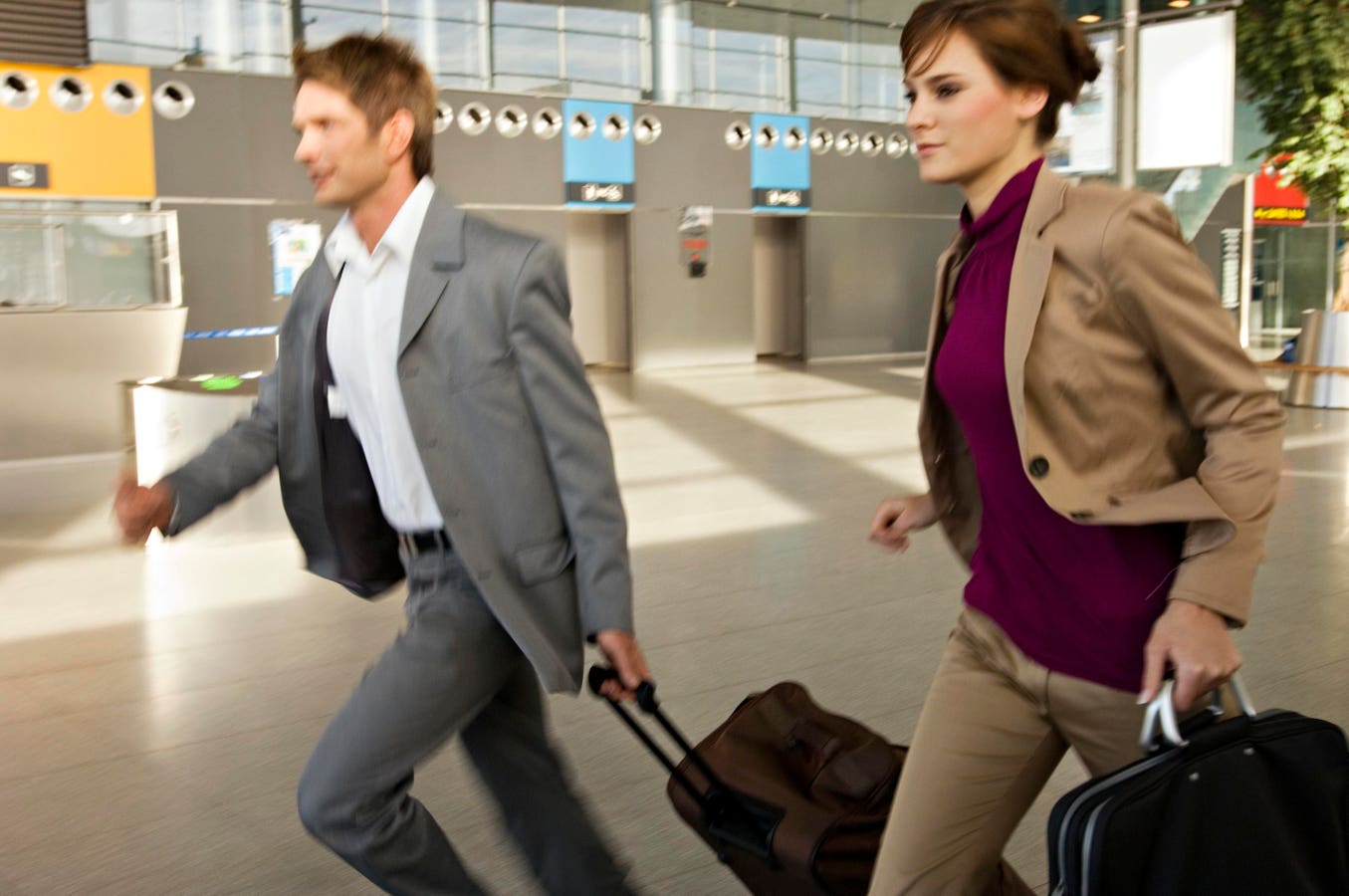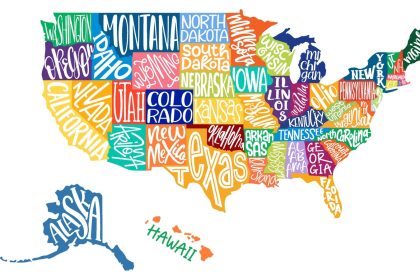Is being a “super commuter”—living in one place but physically working a long distance away—in your future? Although we’re hearing a lot recently about super commuting, it’s hard to tell how much it’s increasing. And it won’t work for many people due to higher costs, how it might affect your labor market progress, and possible negative impacts on family and relationships.
Attention to “super commuting” rose earlier this year when Chip Cutter of The Wall Street Journal wrote about how he works in New York City, but lives in Columbus, Ohio. Cutter moved to Columbus during the Covid-19 pandemic, and in 2022 decided to experiment with living there while working full-time in New York.
The experiment didn’t turn out so well. Cutter says, “I blew my budget by 15%” spending on airplane and associated travel, and hotels in New York, even though he tried hard to manage those prices by looking for bargains and leveraging travel points.
It’s hard to tell whether super commuting is on the rise. We’ve been debating it for over a decade. In 2012, a paper from NYU scholar Mitchell Moss (one of our smartest and most creative urbanists) and Carson Quing argued “the twenty-first century is emerging as the century of the ‘super-commuter.’”
Anticipating workforce shifts that have since accelerated due to the pandemic and the rise of remote work, Moss and Quing pointed to internet and mobile communications advances along with sharp differences in housing costs between rich and lower-cost cities.
Assessing the trend is more complex because there’s another definition of super commuting—longer commutes within or near the same metropolitan area as your job, commuting by mass transit or automobile, not by airplane. The U.S. Census Bureau tracks what they call “extreme commuting”—“workers who travel 90 minutes or more to work, one-way”—and found it “has been increasing since at least 1990.”
That type of longer commute—in or near the same metro area as your job, but further away—was given a boost by the pandemic and the rise of remote and hybrid work. In 2022, Stanford’s Arjun Ramani and Nicholas Bloom (perhaps our top scholar of remote work) documented what they called a “donut effect” linked to the rise of remote work—“the hollowing out of city centers and growth of suburban outer rings.”
Ramani and Bloom found most of the growth in remote work came in the form of “hybrid” arrangements—needing to be in the office at least one or two days per week. That would make flying and maintaining a second residence very costly, so living further away from the job, but still able to get there via driving or transit, made more economic sense.
There also are several occupations where the super commuting pattern of working away from your home for long periods of time is well established. Health care, agriculture and construction all have significant numbers of long-distance workers who live away from home.
Due to nursing shortages and salary differentials between parts of the county, there is a well-known group of “travel nurses” that live in less expensive locations and go long distances for work. The recruiting site Zippia estimated there are over 1.7 million traveling nurses in the U.S.
Manufacturing and construction also have lots of travel workers, due to labor and skill shortages. The website Traveling Contract Jobs lists 17 industrial and 16 health care travel worker recruiting sites, and there are doubtless more, along with many sites listing housing options for traveling workers. (And reminding us that jobs can be a location for conflict, there also are travel workforce sites that supply alternative workers in labor disputes or strikes.)
Three Major Challenges
So the reality of super commuters goes well beyond the white-collar professional jobs that many of us may envision when we think of the term. Would it work for you? There are three major challenges to becoming a “supercommuter.”
Higher Costs
The idea is premised on lower housing costs compared to the job’s location. But you still need a residence in the cheaper place, and to pay for housing in the more expensive one. And the more days you are in the office, the costlier that becomes. Cutter describes how his New York hotel costs rose, and he began to ask friends for living spaces, something that became increasingly difficult.
Impact On Jobs And Careers
Although remote and hybrid work have grown, there still are open questions about the long-run benefits for remote workers compared to people who are in the office more frequently. Younger workers need to learn from experienced mentors, and also build relationships and networks that help them with future career information and job seeking. And employers may look askance at someone commuting not just within the metropolitan area, but from halfway across the country.
Strains On Families And Relationships
People with spouses or partners, and especially those with school-age children, may find super commuting puts serious strains on their relationships. An older study from Sweden found higher separation rates among “long-distance commuting couples” (although it could be that less attached couples are more willing to try out long-distance commuting in the first place.) And a 2016 German study found that “children whose fathers commute to work over a long distance tend to have more emotional and social problems.”
So think hard about whether you want to be a super commuter. Travel may sound exciting, but missed planes, cheap and sometimes dreary hotels, and strains on your personal relationships can all cut against it. Professionally, your boss may reluctantly allow it, but still favor someone who lives closer and can be more easily called on in an emergency or when schedules change. It’s not for everyone.
Read the full article here

















